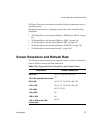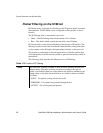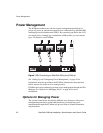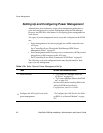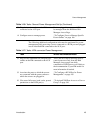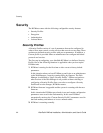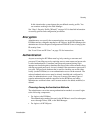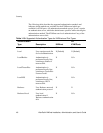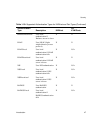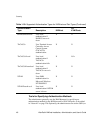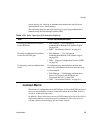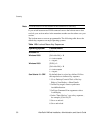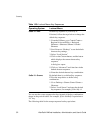Introduction 45
Security
In this situation the system detects the pre-defined security profile. You
can continue working in the Web Manager.
See “Step 1: Security Profile [Wizard]” on page 143 for detailed information
on security profiles and configuration procedures
Encryption
Administrators can specify that communications are encrypted between the
KVM/net and any computer attached to a KVM port. In the Web Manager, the
administrator chooses Expert>Configuration>KVM>IP Users to bring up the
IP security form.
See “Local Users and IP Users” on page 176 for instructions.
Authentication
Anyone accessing the KVM/net must log in by entering a username and
password. Controlling access by requiring users to enter names and passwords
is called authentication. Usernames and passwords entered during login
attempts are checked against a database that lists all the valid usernames along
with the encrypted passwords. Access is denied if the username or password is
not valid. The password database that is used for checking can reside either
locally (on the KVM/net) or on an authentication server on the network. The
selected authentication server must be already installed and configured in
order for authentication to work. Using one or more of the many types of
popular authentication methods supported on the KVM/net can reduce
administrator workload when a user account needs to be added, modified, or
deleted.
Choosing Among Authentication Methods
The administrator can select among authentication methods to control logins
to the following components:
• For logins to the KVM/net
The authentication method chosen for the KVM/net is used for subsequent
access through Telnet, SSH, or the Web Manager.
• For logins to all KVM ports



